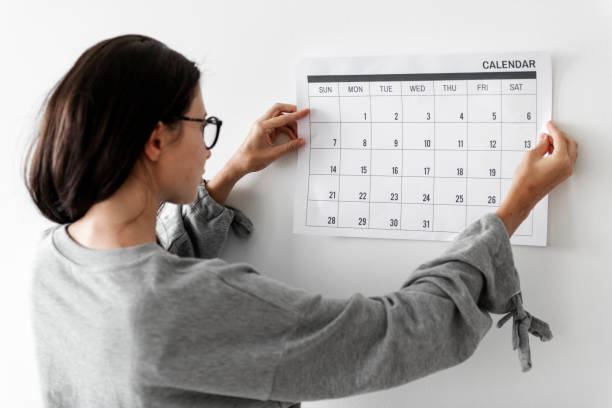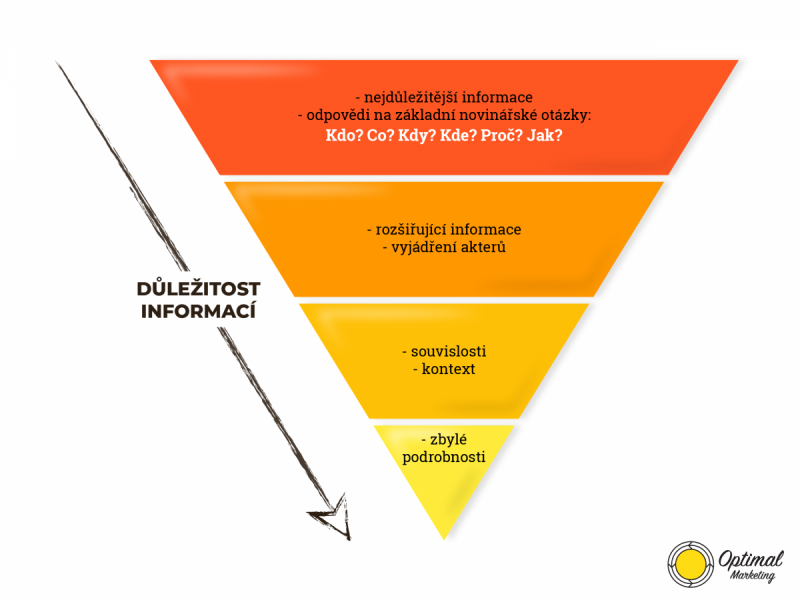
Notes of a Frontwoman #2: "I'll Do It Myself" or Releasing a Single from A to Z
You're just leaving the recording studio happy about the good musical job you have done. The recording sessions have gone well and now it's up to the producer to handle the mixing and mastering of the recorded material. While you could put your feet up and wait for the result, you don't and instead plan your next course of action. Because if you're not signed to a label, you have both freedom and a commitment: you can do it your way, but you have to do it yourself.
Planning ahead
Time management is crucial. It's a good idea to agree with the producer in advance when you want the songs to be available in the final version. Expect to have comments on the mix and give the sound master plenty of time to incorporate them. Avoid a situation where you'd like to change a few things about the mix, but you can't anymore because the release date is knocking on the door and you simply wouldn't make it. In hindsight, you'd feel guilty about it and the unfixed moments could make the song frustrating in a few months.
Once everyone is happy with the result and you have the masters in hand, you can move on.
Choose a date when the song should be sent out into the world. Since July 2015, most artists on Spotify have been releasing on Fridays because it's Global Release Friday and new albums and songs are more likely to get into playlists that focus on fresh releases (not that it's all about Spotify, of course, but we'll talk more about the importance of playlists later in the article).
Give yourself at least two weeks between receiving the master and the release—but only if you have already sorted out digital distribution.

Preparing digital distribution
First, a quick explanation for those who don't get it: you don't put your songs on Spotify, Apple Music, Google Play, Amazon, Deezer, Pandora, Tidal and others yourselves, but you have a contract with a so-called intermediary to whom you supply everything you need and who then distributes them to these platforms. He charges a percentage of the revenue for this service, which is usually between five and fifteen per cent.
If you don't have digital distribution and you want your music on the above platforms, delay all activity for a few more weeks, choose your distributor and get the paperwork done. Only proceed when you have access to their system. There you should find something called an "uploader," or a place to upload an audio file with a new song and other information.
That's why I mentioned the two-week gap. You need to have the digital cover art ready. If you don't want to do it yourself, outsource this task to a graphic designer, as the output must be of good quality (at least 3000 x 3000 pixels) and is a visual showcase of your recording. You must also have the metadata—lyrics and authors—prepared and filled in. The digital distributors then need a few days to review, approve and send out the information you provide.
While the digital distribution is in full swing, you can continue.
Video Killed the Radio Star
Do you have a music video for the new single? Now is the time when you can upload it to YouTube. Make sure to include the video description, which should contain all the essential information about the recording and the video. Try to put yourself in the shoes of a new potential fan and make their job easier: what would you like to see and know without having to do a lengthy search elsewhere?
You shouldn't leave out the so-called credits, i.e. where you filmed, who did the recording, mixing and mastering and who produced, shot and edited the video. Include links to the studio or producers and filmmakers to promote their work. Also, add links to your social media and merchandise store, song lyrics, band line-up, thank you notes...
Prepare a thumbnail, or preview photo, that users can see when they search YouTube (or post a link elsewhere). It can include text and should intrigue potential viewers enough to click through to the video. Add an end screen where you can offer viewers a channel subscription and a video by you that they should watch next. You can also set an exact time and date for the premiere and let fans know about it so they can save the link in advance and watch the video first.
In the meantime, don't forget to check the digital distribution portal regularly to see if your song is already available. If it is, leave the YouTube and proceed straight to the next job.
Preparing the platforms
If you are an artist on Spotify, access to Spotify for Artists will be very important to you. This is where you can manage your music catalogue, customise the look and content of your band profile and look at valuable statistics. Data rule the world today and if you know who is listening to you and where, you can target your new work to the right audience. Data is information, information is knowledge and it leads to appropriate action.
Be sure to update your Spotify bio before the release, add new promo photos and feel free to bring back a graphic designer to assist you with the specific size and ratio requirements of your profile cover art and avatar.
Make or create your own canvas, which is an eight-second video loop that plays in the background while your song is playing. It's not a necessity, but anything that looks professional will definitely help. After all, we live in an age of instant culture where first impressions, whether visual or audio, are the deciding factor. Whether it's fair for potential listeners to love or hate a band based on a few seconds is something we can discuss in another article...
It's not just Spotify that needs profile updates, but also Apple Music (where you can access Apple Music for Artists), the YouTube channel, the website and even Bandcamp. People say Bandcamp has been dead for years, but what if that's where a promoter or another fan comes in and can't access your new music or information because it's just not there?
Pitching your songs
One of the most interesting things about Spotify is the playlists. Whether you want a soundtrack to a romantic dinner, a visit to your cousin in Shrewsbury, a melancholy Sunday or a good workout at the gym, you can trust that Spotify will have a themed playlist for every occasion, every style and every decade. These official (editorial) playlists have a huge following and are naturally the most promoted, and if you get on one of them, it can increase your number of listens, followers and fans considerably. And as we know, #numbers are important these days.
You don't just get into playlists, you have to make so-called pitching, or an offer to the editors to consider your song and include it. Keep in mind that there are unofficial playlists in addition to the official ones, but even those can have thousands of followers. Once a digital distributor delivers a song to Spotify and you see it in your Spotify for Artists, you'll be given the option to "Pitch Release" it. You then fill in information about the mood, style and instruments in the song, submit it and wait.
Links, links, links
With a huge amount of new music flooding the listener even when they lift the toilet seat, they don't have much time for complicated searches. So again, meet them head-on and have links ready to get them to listen to music or watch a video with a single click.
Domains like lnk.to offer the ability to create your own "signpost" where fans can choose through which platform they want to listen to you, all under one link.
Links in posts don't work on Instagram, so use the link in your profile bio and use it again as a signpost. For this, I have been using things like linktr.ee, where you can customise the links page and change the links over time.
You can also use the links in Instagram stories, where you can find them under the stickers menu.
Let the media know
D-Day has come, the single has been released and now it would be nice if this information would be spread among the people. Social media sharing, good posts and "word of mouth" advertising are great things, but don't underestimate the media and write a press release or have one written.
A press release is a short media release, usually a few paragraphs long. It is best to write the headline and lead paragraph (or first paragraph, usually bolded in articles). You can elaborate more in the following lines, but you shouldn't exceed one page in Word - people are lazy to read these days (which is why I'd be very happy if someone read this article to the end).
The press release should include the following information: WHO (artist name), WHAT (a video / a single), WHEN (release date), WHERE (where is the new thing to listen to or watch). Again, it's good to include credits, i.e. who you filmed with, plus a few pearls and trivia. Be sure to include any links and add a promo photo. Then save this all in Word, make a PDF version as well, and you can send this package along with the band photo to editorial offices or better yet, to specific editors.
More precisely—let the RIGHT media know
But think carefully about your recipients. If you're playing pop, there's no point sending a press release to rock media, and vice versa. Do some research beforehand and make a list of media where you'd like to appear and who might benefit from publishing information about you.
Find out your contacts and write ideally personalised emails to them. It is time-saving, but also unprofessional and rude, to throw everyone into one mass generic email with a neutral greeting and with visible addresses in copies. You can't be surprised if they don't publish anything and think you're an amateur.
Send this information at reasonable times of day, avoid weekends, and try not to overwhelm editors' email inboxes with attachments of tens of megabits.
At a time when content is flooding us from all directions, it's impossible to take any media coverage for granted. So don't automatically count on appearing everywhere you send a press release. However, you can help this a lot by following the above-mentioned procedure.

What next?
Monitor, collect and enjoy the feedback. Definitely relax too. Unless you're Radiohead or similar, you probably have another job apart from making music, and although it doesn't seem like it from the outside, the list of these additional activities is really long and requires a lot of energy and capacity.
After some time, think about what you could improve next time. You need to ask yourself the right questions: what were your expectations? Were they met? If not, in what regard? What can you do to achieve the desired results next time? Did you underestimate or overestimate anything? If you know someone in the music industry, ask them for feedback and don't be afraid of constructive criticism. It's a kick in the ego, but no one gets anywhere without it.
Oh, and when you're done with this evaluation... start all over again with the next single :)
See you later, riffs forever!
If you have found an error or typo in the article, please let us know by e-mail info@insounder.org.





